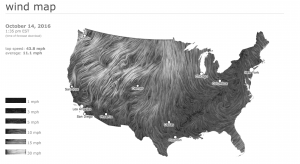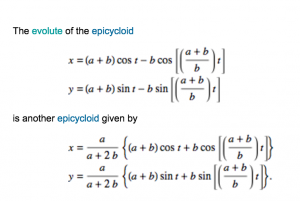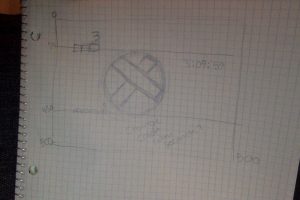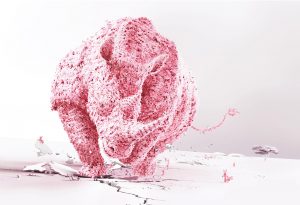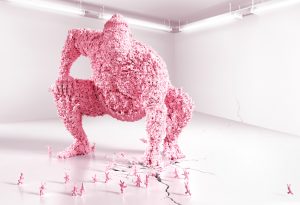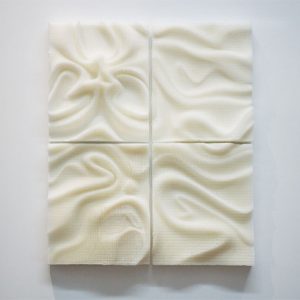The project that I chose was an interactive program that allows you to pick personal sources of information based on what you are interested in. So for me, I browsed through their choices and found a category called Life, The Universe, and Everything. Within the category, I chose weather and it relocated me to a weather map showing where wind, all over the country, is headed, in an interactive artistic weather map. Small white/grayish lines would follow a path deduced by the internet in multiple places, all over the U.S. The real art comes from the template where you are allowed to choose which subject to learn about. As your mouse travels around the screen different portions of the screen grow, shrink, and shift. The site kind of looks like a bookshelf full of album covers that you can flip through.That is why I like it. It looks very similar to something we know but is too abstract to label it as such.
Moebio Labs is a team of data scientists, developers, and designers and they work on projects that tie together large amounts of usable information.
Category Selection
Creator: Moebio
Website: Moebio.com
![[OLD – FALL 2016] 15-104 • COMPUTING for CREATIVE PRACTICE](../../../../wp-content/uploads/2020/08/stop-banner.png)
